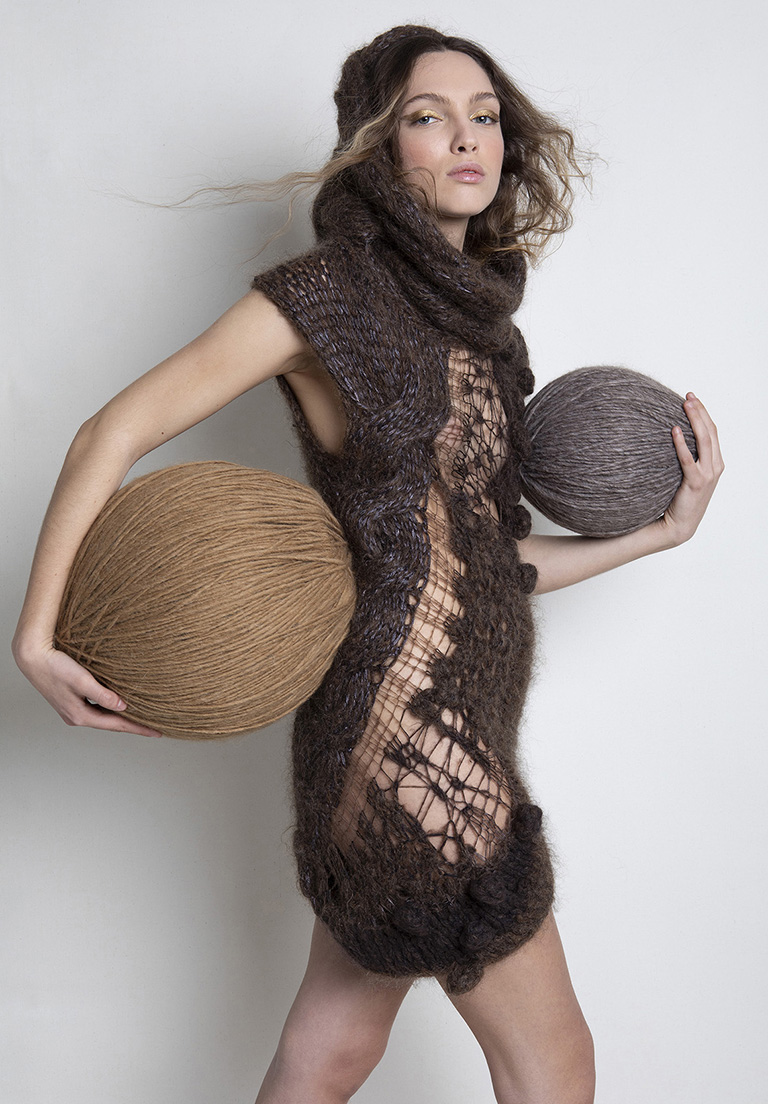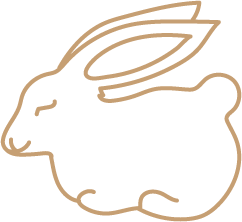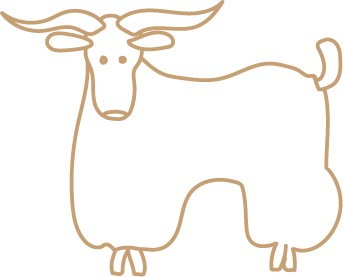Starting from this page, you can navigate the manufacturers’ showrooms and their most recent yarn collections.
Feel free to contact us for any kind of request, we are happy to give an answer to any curiosity and to receive your precious feedback.


Italy is worldwide known for high-quality clothing production. Besides clothing there is textile and besides textiles, there are Italian yarns. Yarn production in Italy dates back to the Middle Age craftmanship’s corporations history. A unique expertise that nowadays constitutes the very core of the modern industry. So that contemporary yarn mills utilize the most advanced technical solutions while still maintaining an active link with the local artisanry network, a traditional world that preserves its special know-how. This way the whole supply chain can turn promising ideas into valuable products, creating what we call distretti produttivi (production clusters).
What is Italian yarn made of? Italian yarn mills are able to produce almost everything, with a strong focus on raw materials such as wool, cashmere, cotton, silk, linen and also artificial ones such as viscose. Going a little further inside the history of the filati italiani (Italian yarn), we can see family businesses gently transformed into international suppliers. Above all, Italian knitting yarn suppliers are appreciated worldwide for their processing methods, always keeping an eye on quality, human health and sustainability.
So, what is the geographical distribution of the most famous Italian yarn mills? Piedmont in the Italian northwest Alps can count on Biella, where some of the finest Italian wool yarn comes from. Biella deals with standard yarn and brushed products. In Lombardy, especially in Brescia, Bergamo, and Como, we can find many cotton yarn manufacturers. Another key production area is that of Prato, renewed for high-quality fancy yarn, mainly carded yarn. In this area inside of Tuscany, strictly connected with Florence, creating different ‘palette’ yarn means influencing the fashion industries directly.
Italian yarns have different destinations: knitwear, weaving, hand-knitting. We are the best in fancy yarns and classic yarns production. What’s the difference? Classics stay in the collection for some years – sometimes passing through little adjustments, i.e. the color chart. Fancy yarn on the other side means experiencing different solutions year after year, collection after collection. Melange, gradient, multicolor, degradé print, paiette, malfilato or flamed are just a few examples of the different types of fancy Italian yarns.
In recent years there is also much demand for hand-knitting yarn coming from Italy, because more and more people worldwide are fond of knitting needles.
Feel the Yarn is the registered trademark of Consorzio Promozione Filati – CPF, a body aggregating some of the most appreciated Italian yarn manufacturers. FTY’s mission regards not only promoting the visible quality of the Italian yarns, but also their technical and more profitable qualities.
We are committed to organizing events, workshops, and learning experiences in which we display how the raw material is transformed and what are the most important parts of the work of the yarn spinners. Our focus is both on worsted and carded yarn, open-hand yarn, self-acting carded yarns, and unique fancy products.
Have you ever thought about new fashion trends? Who is in charge of creating them and how these processes are triggered?
Italian fancy yarn manufacturers play an important role in this market. They are in some way the first, or better to say, the second passage in the global fashion chain. They pay great attention to the raw materials – using the best natural fibers such as wool, angora, mohair, linen, silk, and cashmere, to offer products compelling the newest sustainable fashion trends and certifications. In addition, they are the ones who first launch new fashion trends in terms of textures, patterns, tactile sensations, and the final yield of the jersey fabrics or of the knitted garments.
Research and development are necessary in a world where continuous innovation is mandatory. New trends and big ideas in the fashion market always have a precise starting point – that’s the price the big industry has to pay to manufacturers.
As previously mentioned, Italian expertise can rely on a vast knowledge about raw materials. Before leaving, let’s have a closer look at the most used textile fibers and their processing methods.








